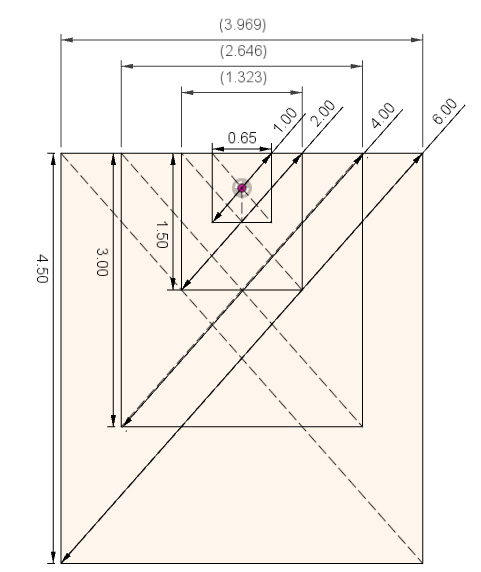Friday Facts 5: How (and why) be a Makelangelo Tester
To describe the mood here this week in a word it would be “challenged”. My productivity is greatly affected by the all-grey of Vancouver winters – I can’t work if I’m not happy and it takes a lot more time to find my happy place each day in the winter.
How (and why) be a Makelangelo Tester
Not too long ago, with the help of the Marlin 3D printer firmware team, I managed to switch to Marlin. This was a huge time savings for me as I can now focus on making the software better. To make it great – for me, for you, for everyone – as fast as possible I need to shorten the cycle time – the time it takes to check a new feature works right.
Maybe you’ve noticed the app is missing something you need. Maybe you found a bug. Now for a lot of programs out there the way to tell them about a bug is not obvious, hard to achieve, and the turnaround time is … who knows.
I want to make a great app and put new issues to bed quick-fast. To me, the report-fix-test loop should be as short and fast as can be. I hope you agree! That is why I’m asking you to help me help you. Become a tester: to shorten the loop.
Report
With our without being a tester, the process starts by going to the Makelangelo code project and filing a good bug report. The bug report comes with a template to fill out that should make writing your report painless.
Fix
Then I or some other brave soul will (maybe) ask follow up question and (definitely) work to make the thing happen. Some are easier than others in surprising ways.
Test
Now this is the sticky part of the loop. When I write code I bang away in the magic language of the drow elves, cursed to roam the underdark. When the machine says I have atoned enough, it produces a jar file. This is then packaged with other essentials like the README file and somehow delivered to you to give it a little run-see, a little double sanity check, a thumbs up or down.
The packaging and delivery process is slow. So slow. In a more perfect world you should be able to say “get me the latest update from Dan!” and moments later be able to run it. Two clicks, right? Well friends, read on.
Thank you
Making it easy to make you happy is … it’s the greatest gift. A win/win. Thank you. It’s very easy to get lost in the weeds with code, and your input gives me clear focus and direction.
Special shout out to CaptFuture, Headly, and OopsHeIsDead for being awesome contributors this week.
Final thoughts
Here’s a gallery of recent Makelangelo Software updates to the app. Many of these changes were brought about by you and yours. I’ll continue to write, you continue to stay awesome. Until next week, be well!








